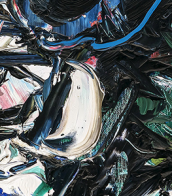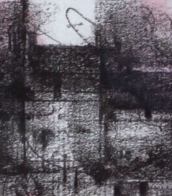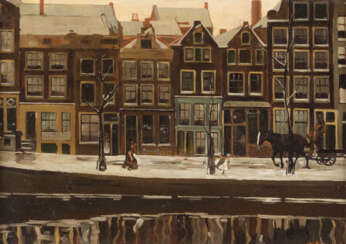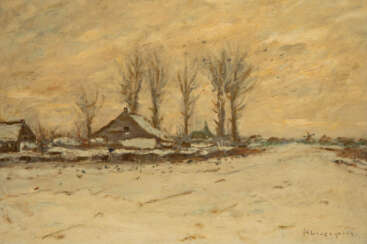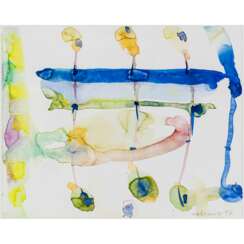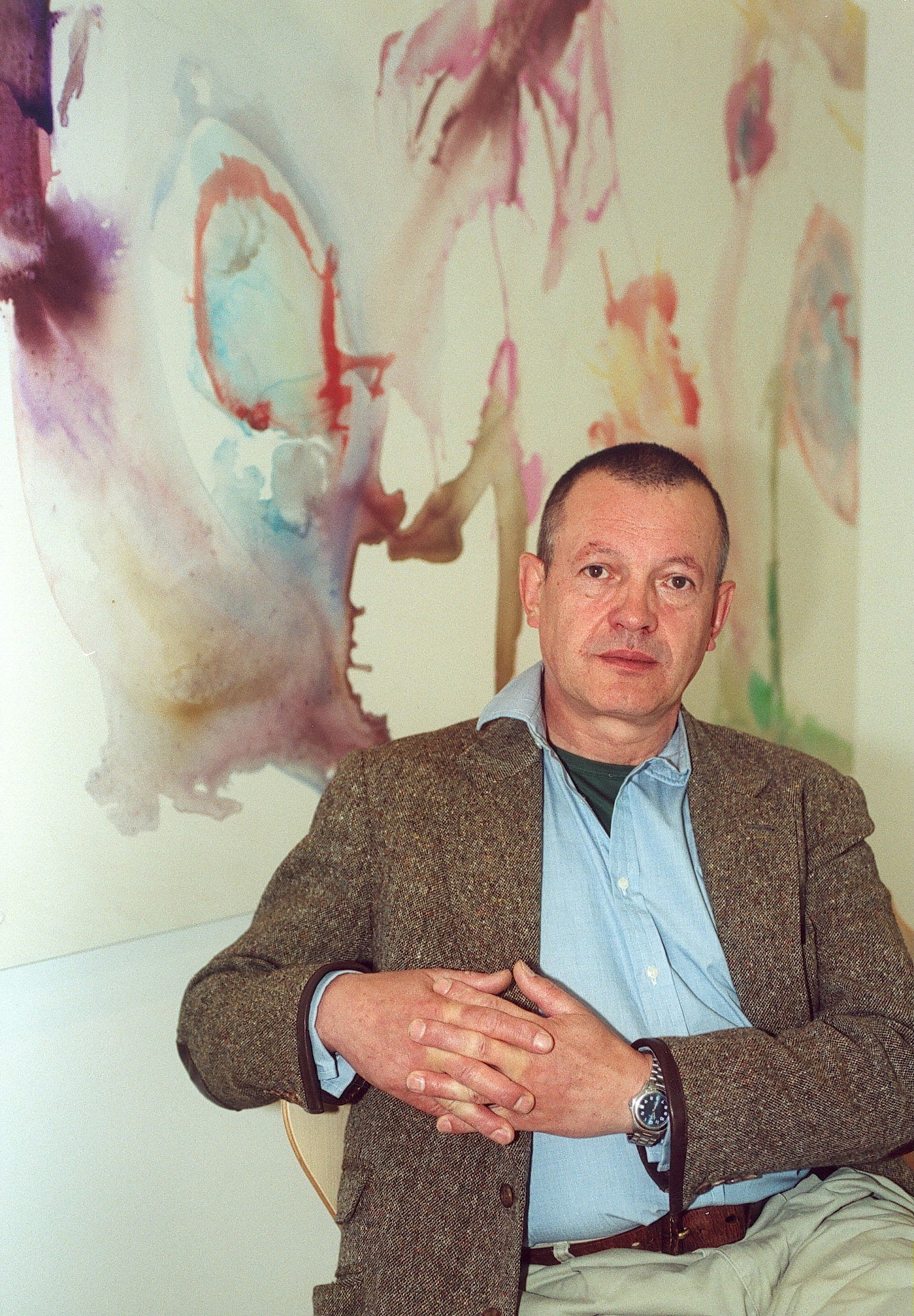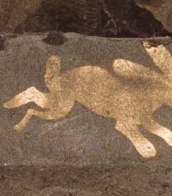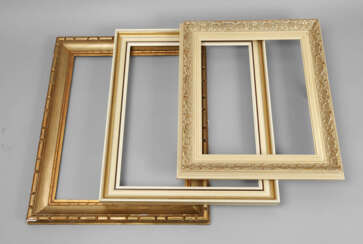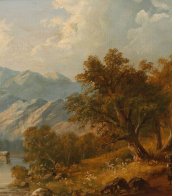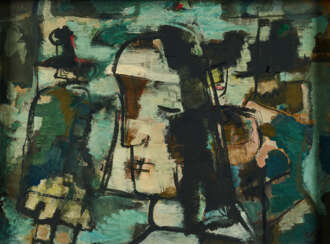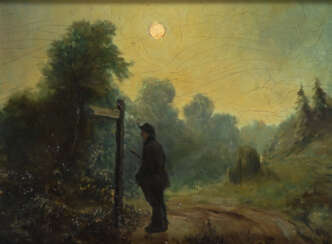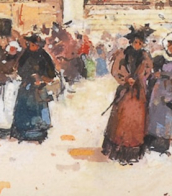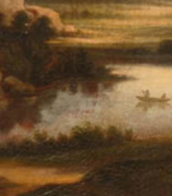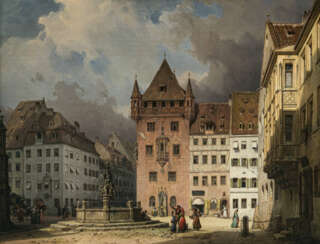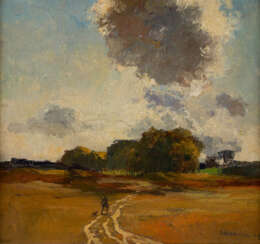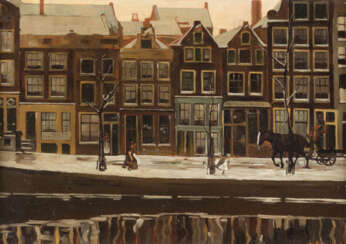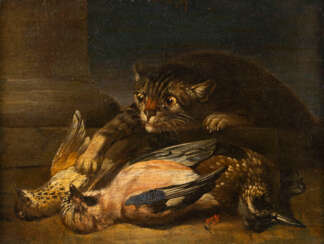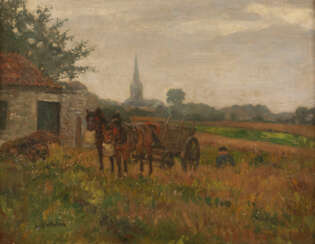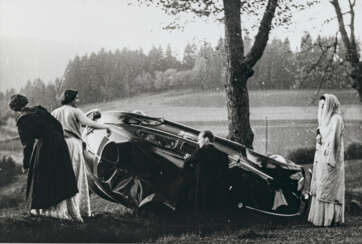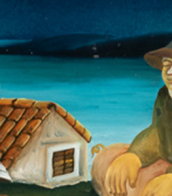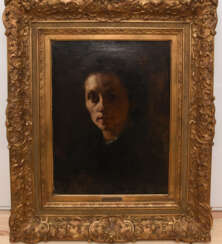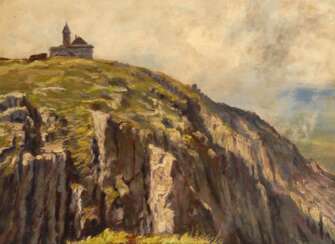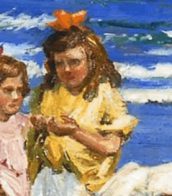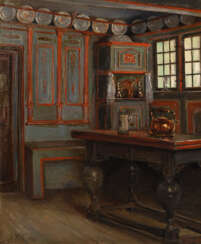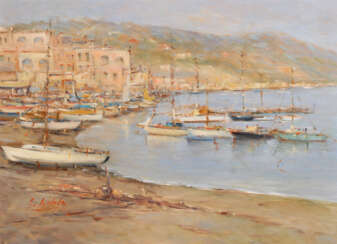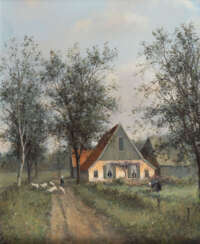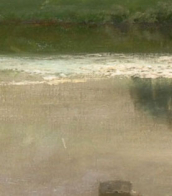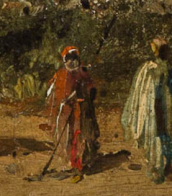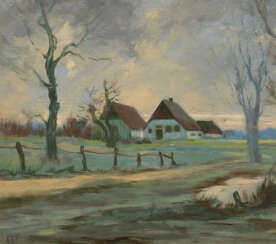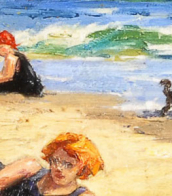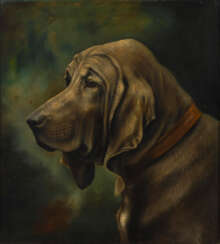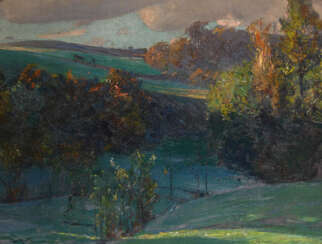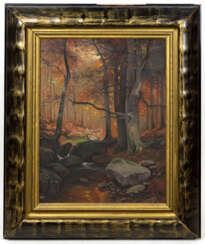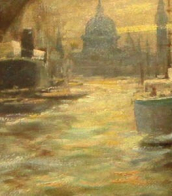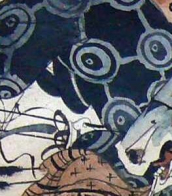rahmen (40 x 52
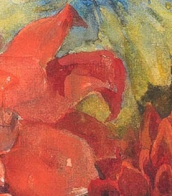
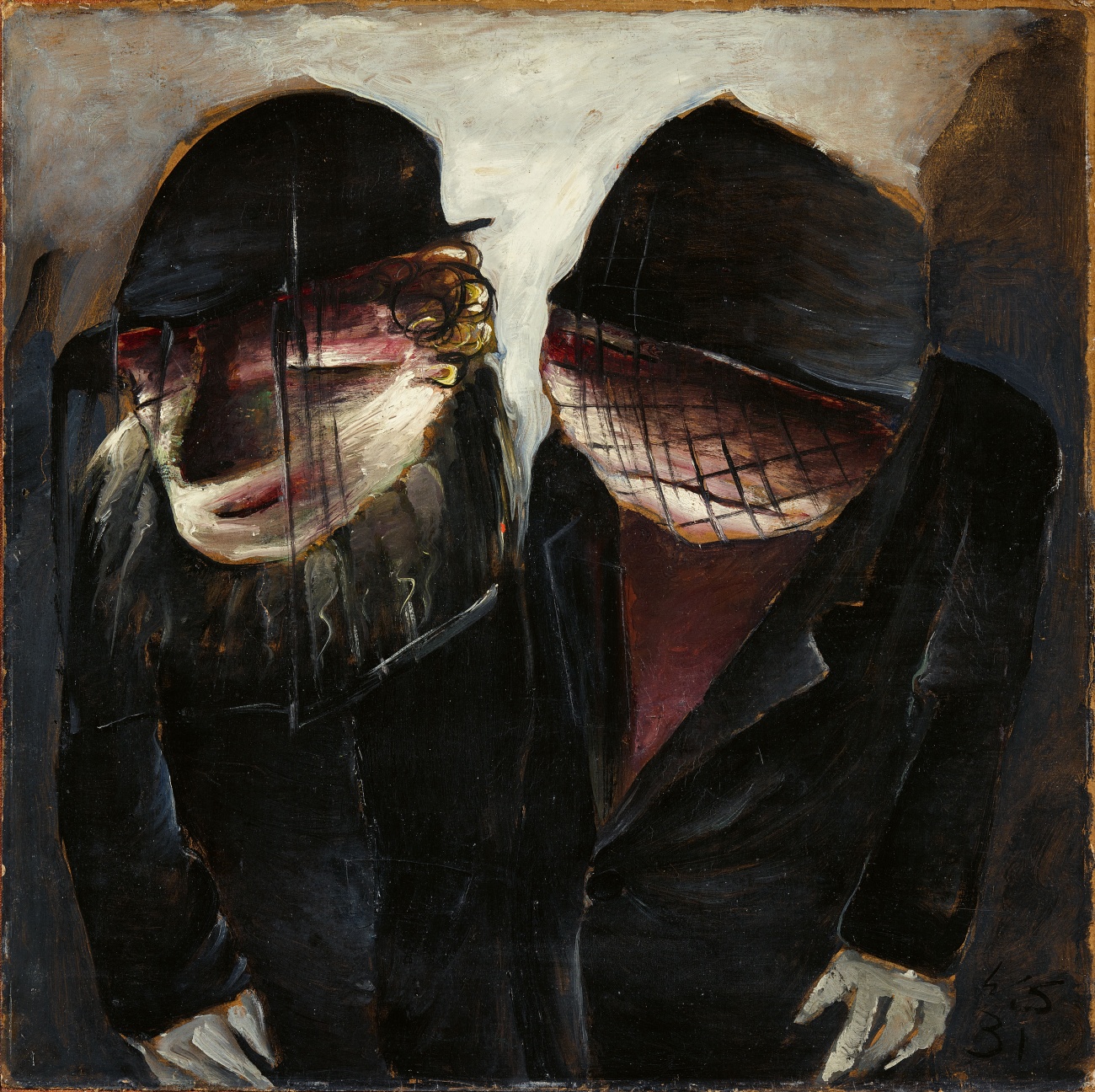
Werner Scholz was a famous German-Austrian expressionist painter of the 20th century.
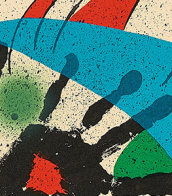
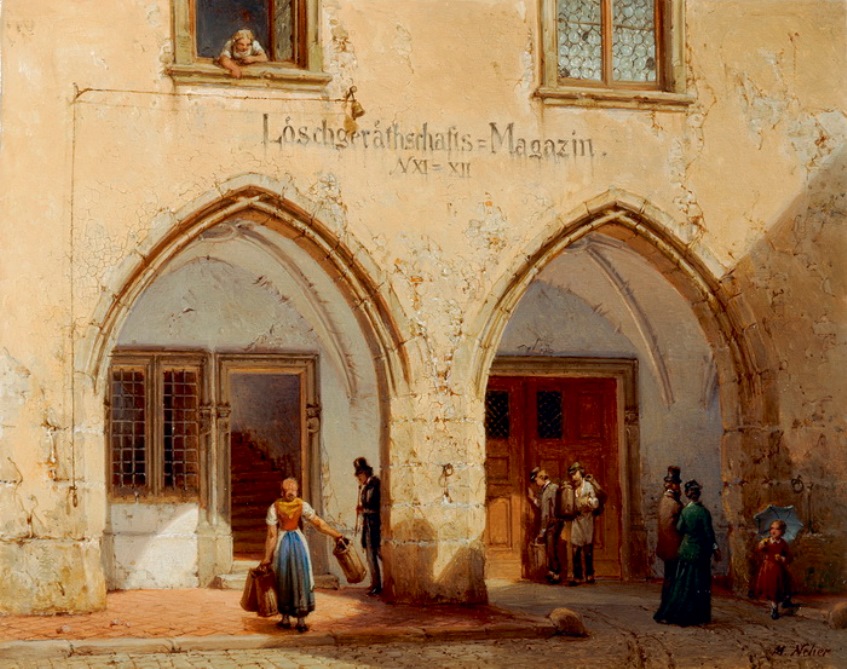
Michael Neher was a German painter and architectural decorator.
Michael studied at the Academy in Munich, in 1819 went to Italy and spent five years there, including two years in Rome, where he studied architectural painting in the studio of the artist Heinrich Maria von Hess, and in 1825 returned to Munich.
As a typical representative of the Biedermeier era, Neher produced many costume drawings and landscapes. He also became famous for his views of public places and architectural depictions of many Bavarian towns. From 1837, Michel Neher devoted himself entirely to architectural painting and traveled to improve his skills along the Rhine and to Belgium. In 1839 he painted several salons in Hohenschwangen Castle from designs by Schwind, Gasner and Schwanthaler. In 1876 he was made an honorary member of the Munich Academy.
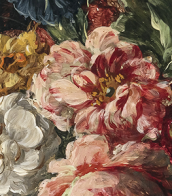
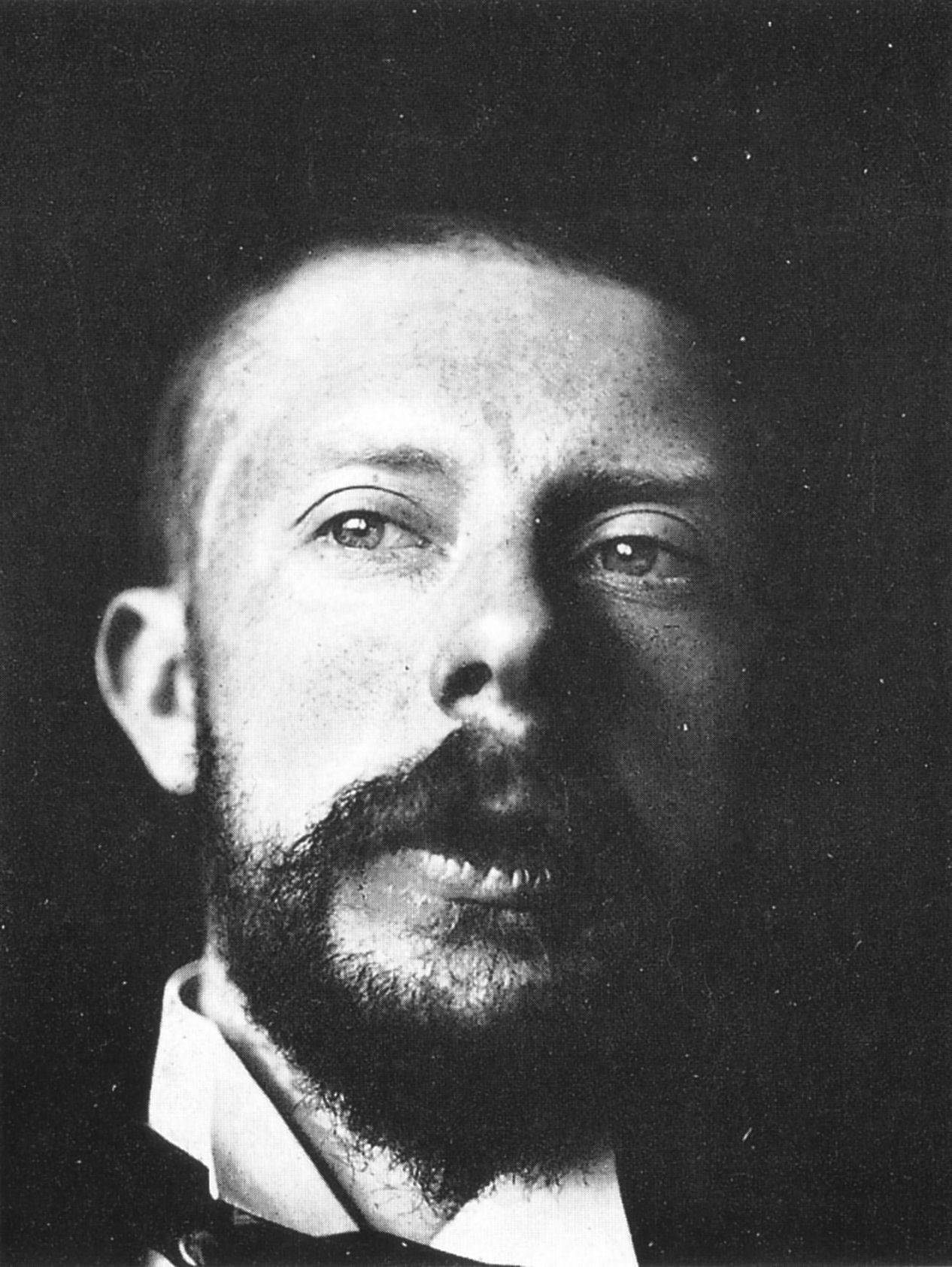
George Hendrik Breitner was a Dutch painter and photographer. An important figure in Amsterdam Impressionism, he is noted especially for his paintings of street scenes and harbours in a realistic style. He painted en plein air, and became interested in photography as a means of documenting street life and atmospheric effects — rainy weather in particular — as reference materials for his paintings.

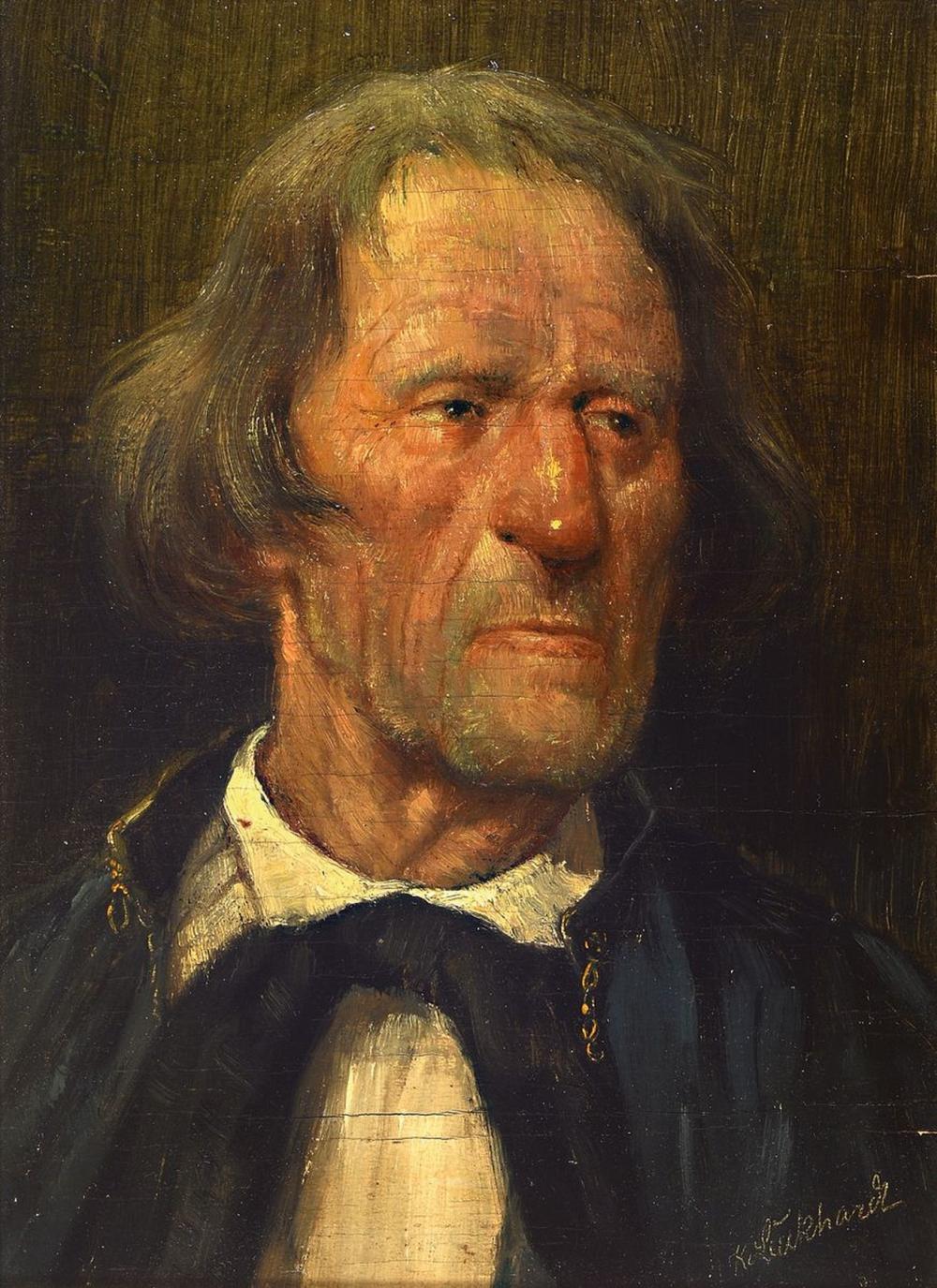
Karl Luckhardt was a painter, draughtsman and etcher. He trained as a lithographer and studied with Emil Gies at the Städel from 1907. After military service and studies in Munich, he settled in Frankfurt as a freelance artist. In the 1920s he became a popular commissioned painter, known for his depictions of rural life. Although Luckhardt fell out of favour after the Second World War, he regained recognition through public commissions and the support of friends. His detailed and sensitive depictions of landscapes, portraits and still lifes were well received by the public. While his work was popular with the public, it was often criticised by art critics for its typecasting. A retrospective in 1985 drew attention to Luckhardt's forgotten early works, including important oil studies, watercolours, drawings and etchings. His preferred subjects included landscapes, country life, animals, portraits and still lifes, with a focus on Frankfurt and its surroundings.
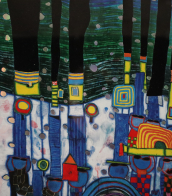
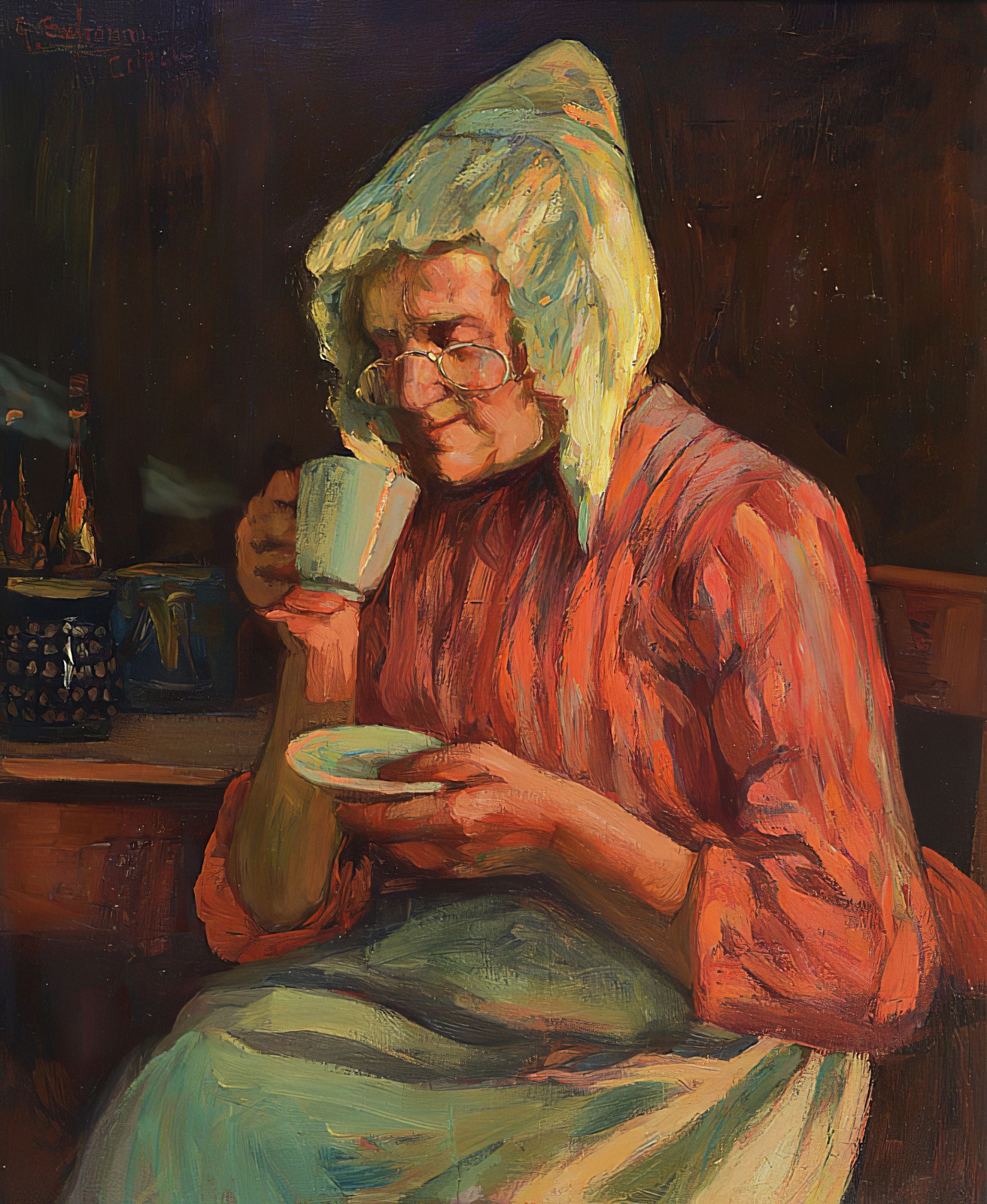
Gottfried Albert Maria Bachem was a German painter and illustrator of the Düsseldorf School. Bachem, who belonged to the Malkasten artists' association from 1921 to 1932, painted portraits, genre scenes and landscapes, and he also illustrated children's books. From 1900 he took part in numerous art exhibitions, including in Berlin.

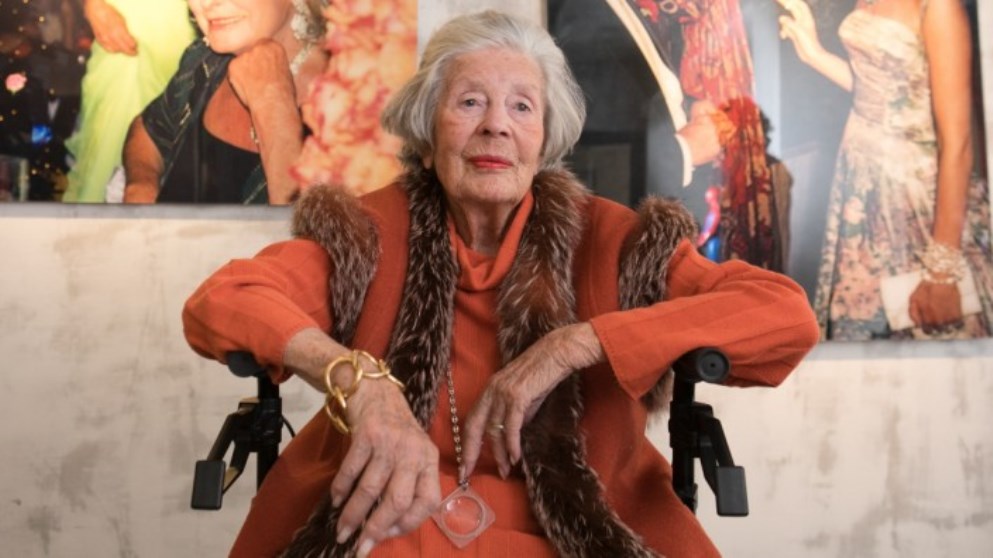
Marianne "Manni" Sayn-Wittgenstein-Sayn, real name Maria Anna Sayn-Wittgenstein-Sayn, née Mayr-Melnhof, is a dowager princess and Austrian photographer.
On her mother's side, Maria is a direct descendant of Empress Maria Theresa, which has opened all doors of aristocracy, business, politics and art to her. She was encouraged to take up photography by Lilly Palmer and Karl Lagerfeld after her husband died in 1962. Soon she was working with Frau im Spiegel magazine, then Bunte and Vogue.
Wherever she was - skiing in St. Moritz, on a yacht, at parties and weddings, in Europe and in America, Maria photographed everyone around her: Onassis and Maria Callas, Prince Charles, Gianni Agnelli, Romy Schneider, Luciano Pavarotti, the Queen Mother or King Juan Carlos. During her lifetime she photographed many world celebrities. By her centenary, Maria had more than 300,000 of her photographs in her archive.
Maria never took immodest or offensive photos of her friends. Princess Caroline of Monaco once joked, "You're not a paparazzi, you're a mamarazza," thus the nickname Marianne Sayn-Wittgenstein-Sayn was born.
